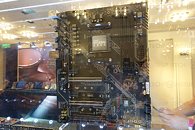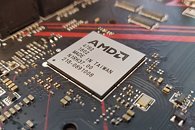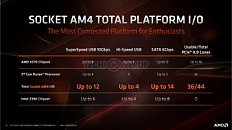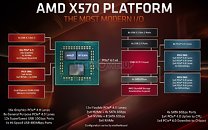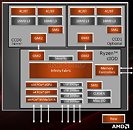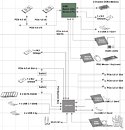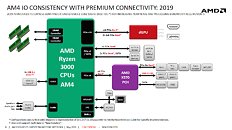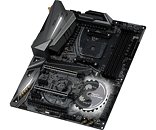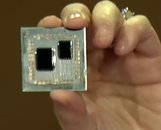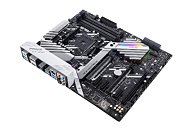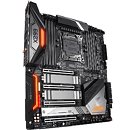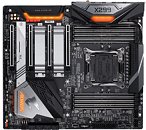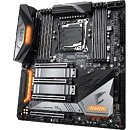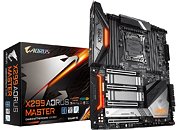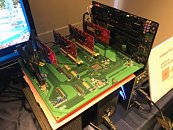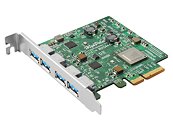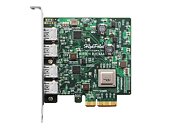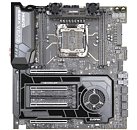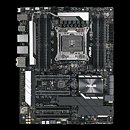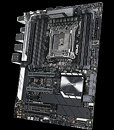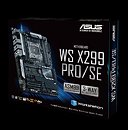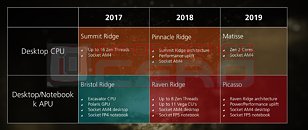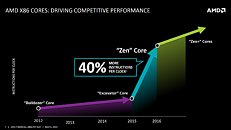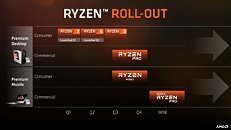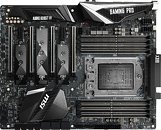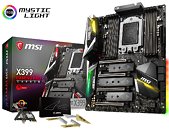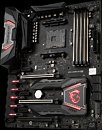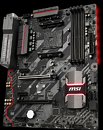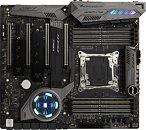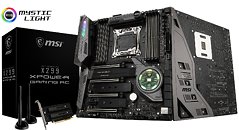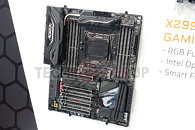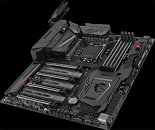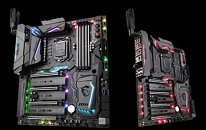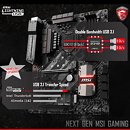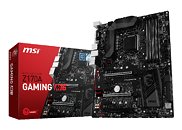
AMD B550 and A520 Lack PCIe Gen 4 Capabilities?
Last Friday, we reported ASMedia working on new-generation socket AM4 motherboard chipsets that succeed the AMD B450 and A320, which could hopefully offer significantly cheaper alternatives to boards based on the feature-rich AMD X570 chipset. The DigiTimes story we cited was updated to clarify that the chipset only supports PCI-Express gen 3.0, and not the newer PCI-Express gen 4.0. There are two distinct ways of interpreting this information.
One, that motherboards based on B550 and A520 completely lack PCIe gen 4.0, including the main PCI-Express x16 (PEG) slot and the M.2 slot wired to the AM4 SoC; and two, that only the downstream PCIe lanes and the chipset bus are PCIe gen 3.0, while the main PEG slot and M.2 slot from the SoC remain gen 4. We lean toward the latter interpretation being more plausible, that AMD B550 and A520 motherboards will at least feature one PCI-Express 4.0 x16 slot, and one M.2 slot that has PCI-Express 4.0 x4 wiring from the AM4 SoC; while the ASMedia chipset is connected to the SoC over PCI-Express 3.0 x4, and downstream PCIe lanes put out by the chipset are gen 3.0, too. These ASMedia-sourced AMD 500-series chipset motherboards could also implement the latest PCB, CPU VRM, and memory wiring specifications released by AMD that enable CPU and memory overclocking levels unattainable on motherboards based on older chipsets.
One, that motherboards based on B550 and A520 completely lack PCIe gen 4.0, including the main PCI-Express x16 (PEG) slot and the M.2 slot wired to the AM4 SoC; and two, that only the downstream PCIe lanes and the chipset bus are PCIe gen 3.0, while the main PEG slot and M.2 slot from the SoC remain gen 4. We lean toward the latter interpretation being more plausible, that AMD B550 and A520 motherboards will at least feature one PCI-Express 4.0 x16 slot, and one M.2 slot that has PCI-Express 4.0 x4 wiring from the AM4 SoC; while the ASMedia chipset is connected to the SoC over PCI-Express 3.0 x4, and downstream PCIe lanes put out by the chipset are gen 3.0, too. These ASMedia-sourced AMD 500-series chipset motherboards could also implement the latest PCB, CPU VRM, and memory wiring specifications released by AMD that enable CPU and memory overclocking levels unattainable on motherboards based on older chipsets.
